 English
English Español
Español  Português
Português  русский
русский  Français
Français  日本語
日本語  Deutsch
Deutsch  tiếng Việt
tiếng Việt  Italiano
Italiano  Nederlands
Nederlands  ภาษาไทย
ภาษาไทย  Polski
Polski  한국어
한국어  Svenska
Svenska  magyar
magyar  Malay
Malay  বাংলা ভাষার
বাংলা ভাষার  Dansk
Dansk  Suomi
Suomi  हिन्दी
हिन्दी  Pilipino
Pilipino  Türkçe
Türkçe  Gaeilge
Gaeilge  العربية
العربية  Indonesia
Indonesia  Norsk
Norsk  تمل
تمل  český
český  ελληνικά
ελληνικά  український
український  Javanese
Javanese  فارسی
فارسی  தமிழ்
தமிழ்  తెలుగు
తెలుగు  नेपाली
नेपाली  Burmese
Burmese  български
български  ລາວ
ລາວ  Latine
Latine  Қазақша
Қазақша  Euskal
Euskal  Azərbaycan
Azərbaycan  Slovenský jazyk
Slovenský jazyk  Македонски
Македонски  Lietuvos
Lietuvos  Eesti Keel
Eesti Keel  Română
Română  Slovenski
Slovenski  मराठी
मराठी  Srpski језик
Srpski језик
Timing drive belt, a component that can directly scrap the engine, when should it be replaced?
2024-06-21
Hello everyone, this is a fun and informative car maintenance program. Why does the car break down? Many people have asked the same question in comments or private messages, which is that the car has already driven 80-90000 kilometers. Many people online say that the timing belt needs to be replaced, which is said to cost hundreds or even thousands of yuan. If the engine cannot be replaced properly, it will be directly scrapped.
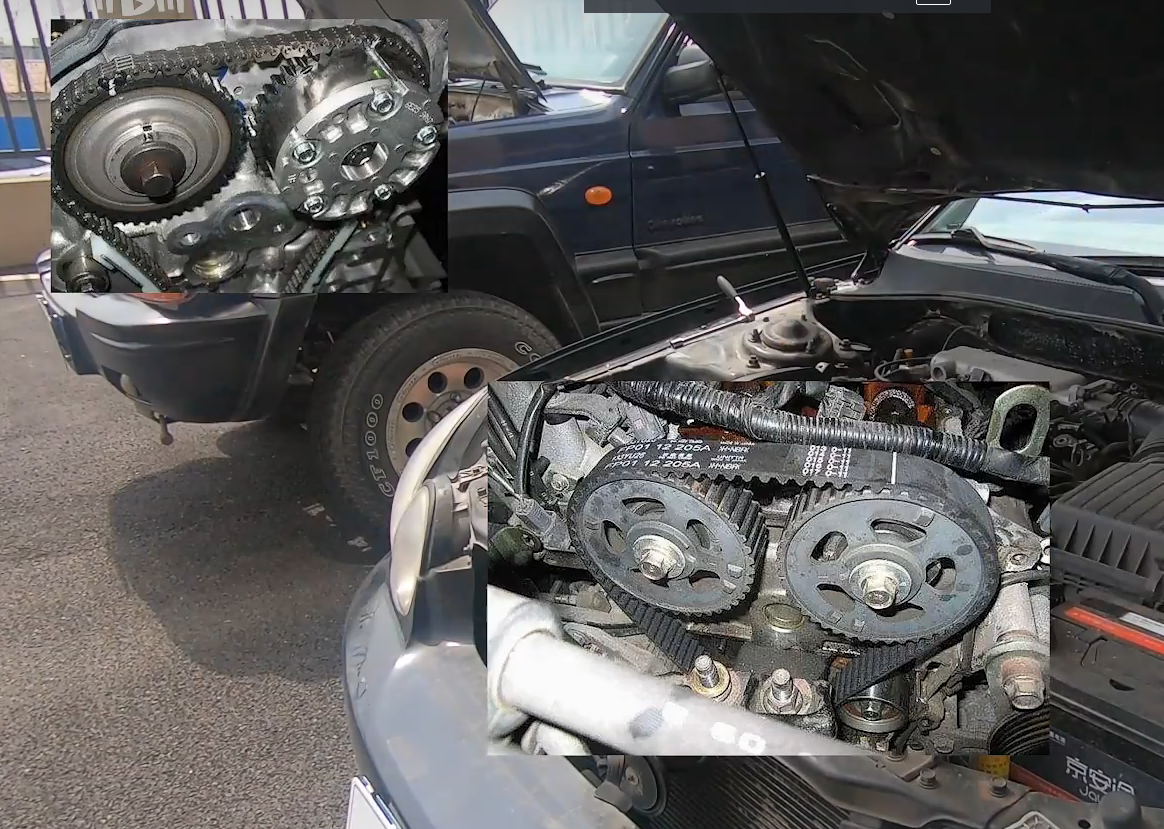
Is it really necessary? So today we'll talk about whether your car needs to replace the timing drive belt or not. Firstly, ordinary cars need to understand this issue. The first thing to clarify is whether your car is using a timing belt or a timing chain? Because although they all have the same function, their materials are completely different, so the way they are repaired and maintained is also completely different.
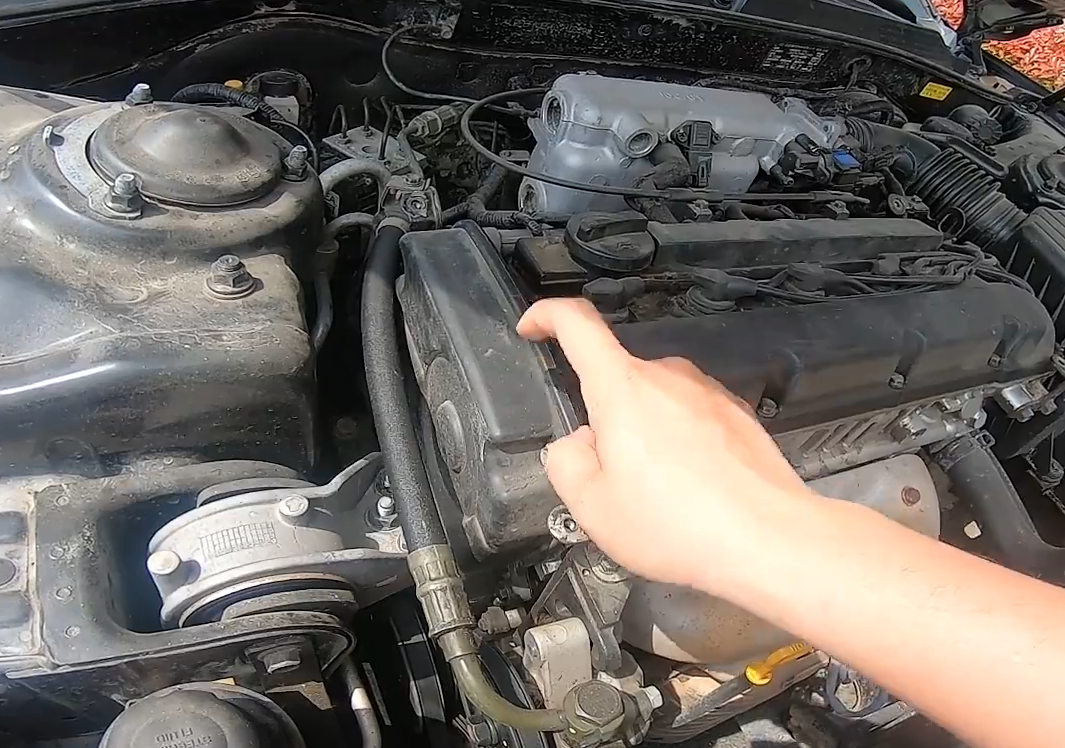
Open the hood of your car and face the engine of a typical household car. Place the engine horizontally like this, and on the left side of the engine is the so-called crankshaft front end. If this is a plastic shell, just like this engine, then inside this plastic shell, it is probably the timing belt. If you have some hands-on ability, you can unscrew the buckle or bolt on this plastic shell to see the timing belt inside.
Most household cars use this type of dry timing belt, which means that although it is inside the engine, it is separated from the engine oil and the surface of the belt is completely dry. A lot of attention should be paid here. The old man mistook the belt outside the engine for the timing belt of the engine, which is completely wrong. All timing belts of cars, whether rubber or metal, are sealed with this type of timing cover. The belt outside the engine is called the drive belt, which is used by the engine to drive other components such as the compressor and generator. It is two completely different systems. But if you see a completely sealed metal shell at the front end of your engine crankshaft, then this car is likely to use a timing chain design, because the formal chain requires oil lubrication, so its lower end is soaked in engine oil, so its timing cover needs a metal sealing shell.
Of course, some models are exceptions now, such as Honda's 1.0T three cylinder engine, which also has a metal timing cover because it uses a wet timing belt. This is because the wet timing belt, like the formal chain, also needs to be soaked in oil at the bottom, so the surface of the belt is lubricated with oil, so a metal timing cover must be used. So overall, the vast majority of household cars can be easily distinguished by the material of the engine timing cover, whether it is a formal chain or a formal belt.
So if you have already determined that your car has a timing belt, how do you maintain it or how many thousand kilometers do you need to drive and replace it? Firstly, the timing belt does not require maintenance because it is already protected by this protective cover and belongs to the internal working environment of the engine. Apart from high temperatures, it is not considered harsh, at least much better than the transmission belt outside.
So ordinary car owners only need to pay attention to its replacement time and take out your user manual to find the one for maintenance. For example, Honda's user manual clearly states that the cycle for replacing the timing belt of a 1.0T engine is 100000 kilometers, or 5 years, whichever comes first. Basically, most household cars that use formal belts also have this replacement cycle. But an interesting point here is that often the external transmission belt of the engine, which is located at this position, has a replacement cycle that is about twice as long as the official belt. Taking Honda's user manual as an example, it only requires checking the transmission belt every 4 years and then replacing it every 10 years and 200000 kilometers.
This does not mean that the quality of the drive belt is better than that of the timing belt. Because if the transmission belt, at most when the car is driven, suddenly the air conditioning does not work, the engine does not work, or there is no power steering, as long as you can safely stop the car, it will not damage the engine parts. Just replace the belt, and it will take about 100 to 300 days. However, if the timing belt breaks or wears excessively, causing the timing gear plate to jump and the engine will be completely disorderly.
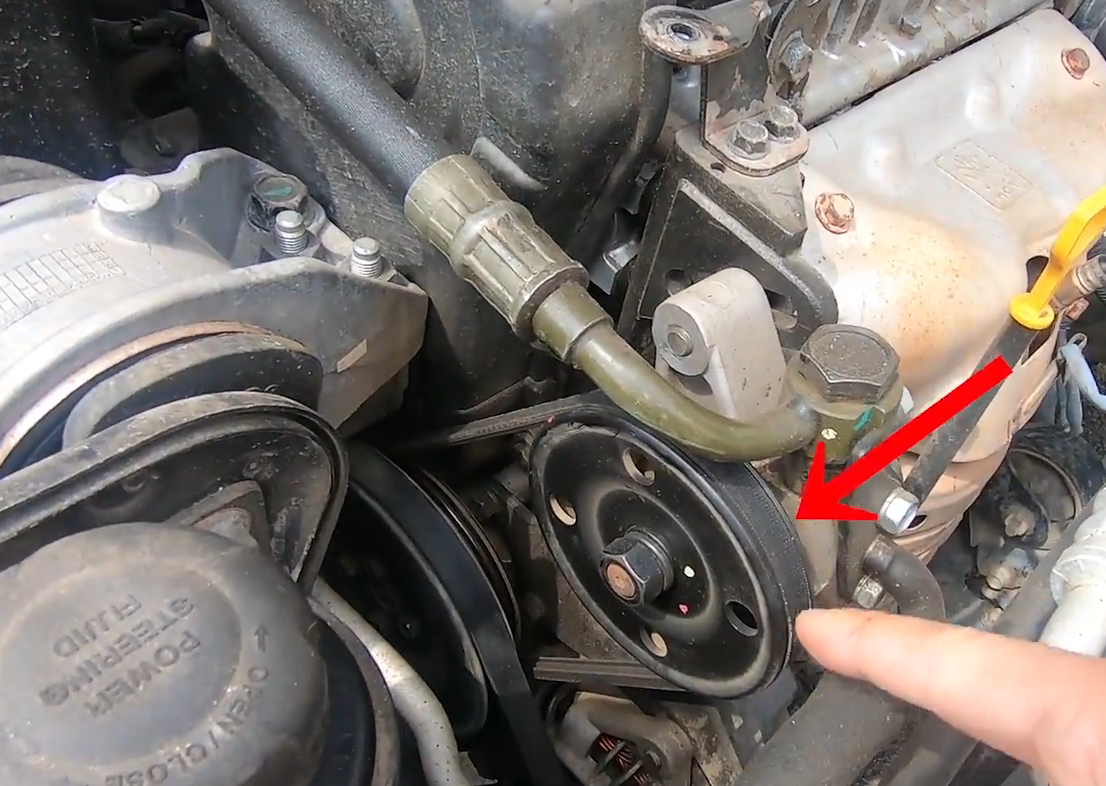
Originally, when the piston was pushing upwards, the valves should also be in an upward closed state. However, because the timing was completely misaligned, when it was pushing upwards, the valves may be moving downwards, causing them to collide. Mild cases can result in the valve being bent, while severe cases can result in the entire engine being scrapped, with maintenance costs ranging from approximately 1500 to 10000.
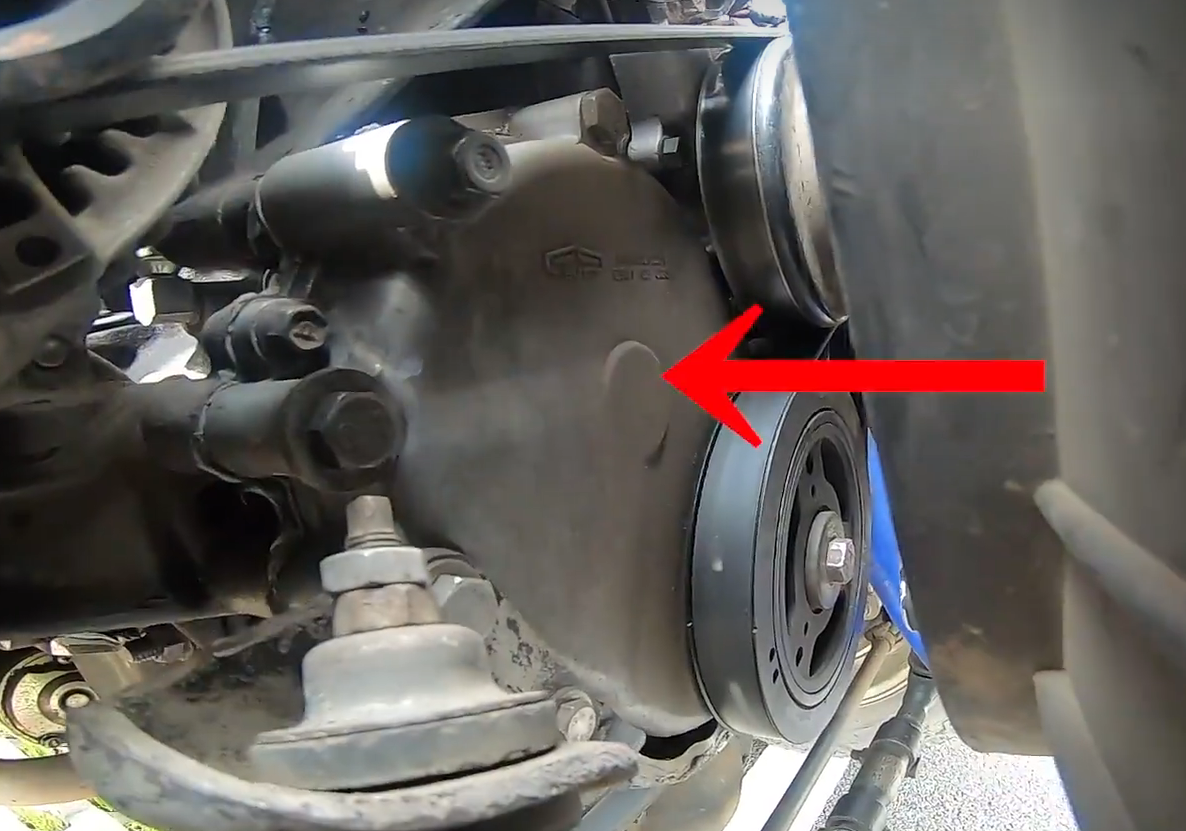
If your car has a wet timing belt, it is even more necessary to replace it regularly, or even in advance. Because the wet timing belt will wear out for a long time, the fiber lines inside the belt will be worn out, causing shedding. The wet belt is also soaked in engine oil, so the fur it falls off is likely to block the engine. Only the filter screen under the pump causes the engine pressure to decrease, ultimately leading to premature wear or inability to start due to insufficient oil pressure. This situation has been reported on Honda 1.0T engines, so the timing belt must be replaced regularly. After all, replacing it once is not too expensive. The formal belt of a household car is about 150-500, and the labor cost for replacement is 300-500. However, it is necessary to go to a repair shop with professional tools, because when replacing the formal belt, each engine requires a dedicated tool to fix the timing gear plate to prevent gear misalignment. Of course, some local methods are also possible, but having professional tools is still more reliable, And if you are certain that your engine is a timing chain engine, how should you maintain it and when should you replace the chain?
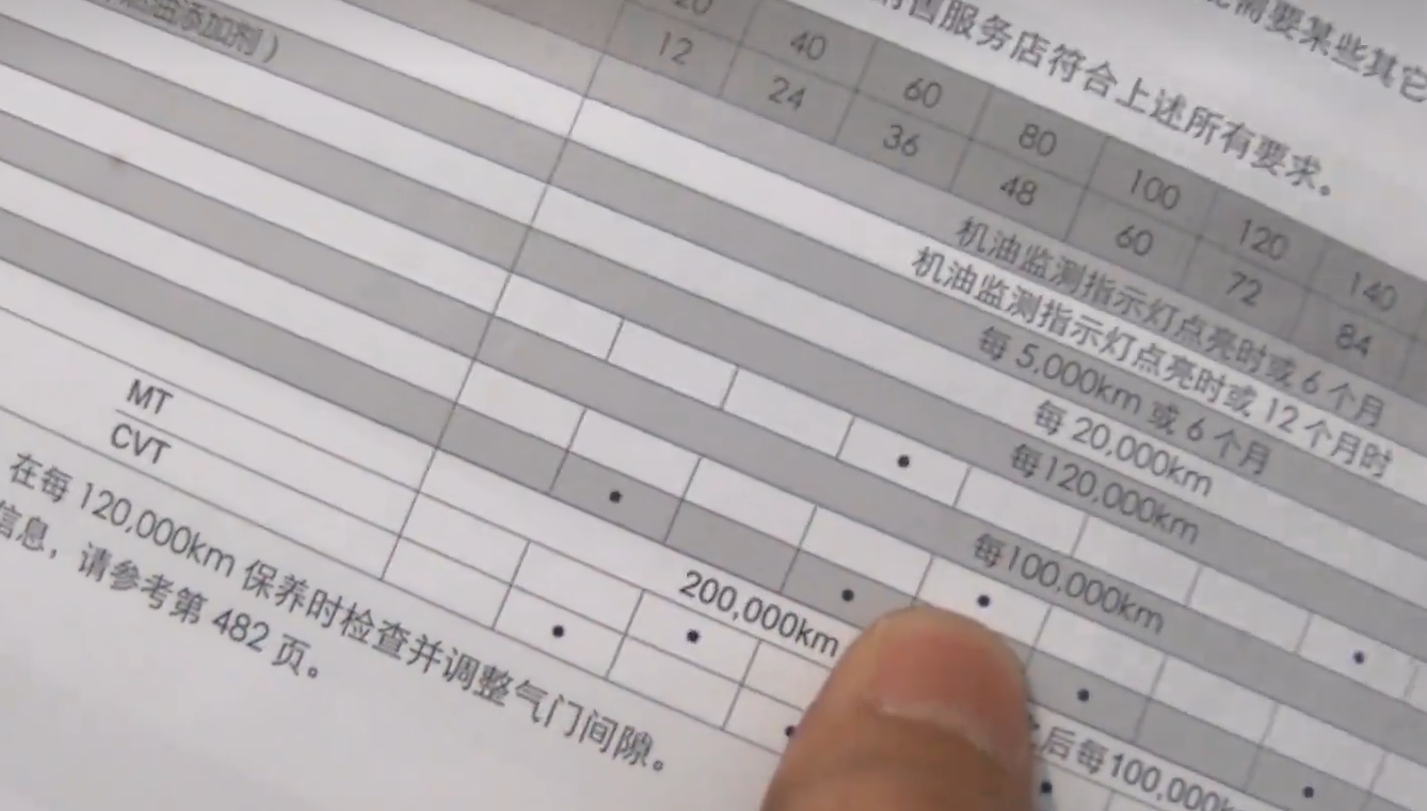
The answer is, as long as you maintain the engine according to his required cycle. We have used genuine and engine oil and oil filter elements that meet the requirements of the engine. So the formal chain does not require maintenance or replacement, at least for a family car with a mileage of 300000 kilometers, it will definitely not break down, although there may be some exceptions. For example, it has been confirmed that the engine chains of certain German cars have been extensively exposed and stretched.
This is mainly caused by the substandard material of the timing chain, so engines that use this batch of confirmed chains will experience problems between 40000 and 100000 kilometers, such as camshaft confirmation, gear valve and piston damage caused by the elongation of the timing chain. At that time, the car owner could only choose to pay more than 3000 yuan to replace the new timing chain at the 4S store at their own expense. It can be said that the manufacturer is not a good person, and the car owner came to pay for it.
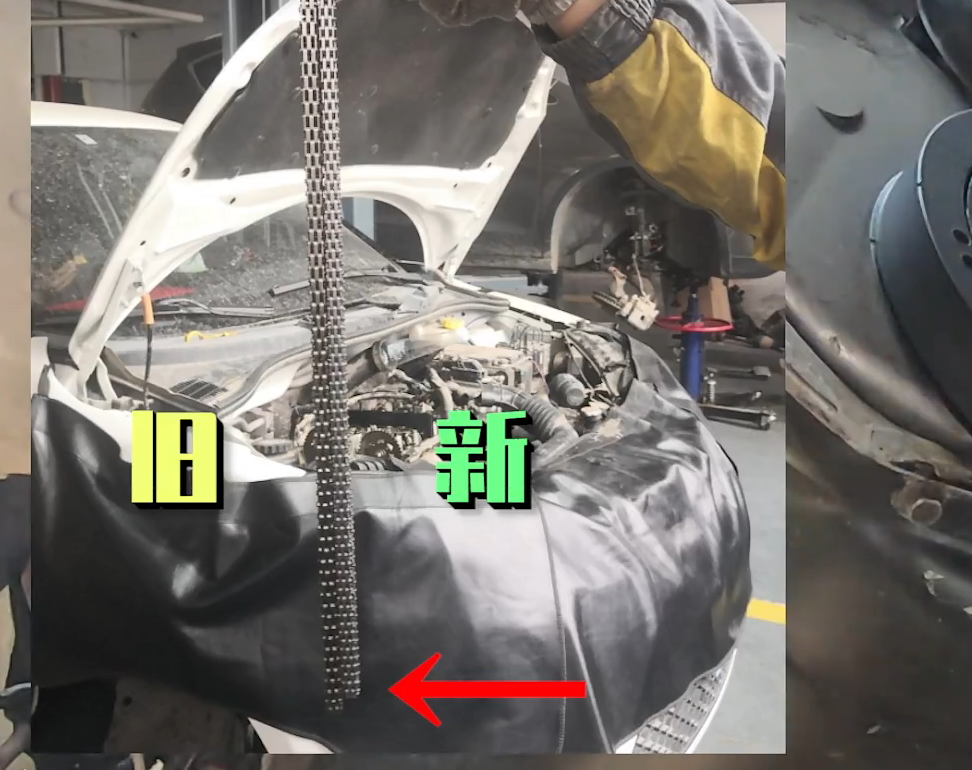
Of course, if your engine is frequently not maintained on time or if low-quality engine oil is used for a long time, it can also cause premature damage to the timing chain. So if you find that your car has difficulty starting, low idle or unstable idle, and after starting, it will automatically shut down, and at the front end of the engine crankshaft, you will hear a metal friction sound that sounds like a clattering clattering clattering clattering clattering, but this sound or the engine speed will disappear, then it is very likely that the timing chain is stretched or damaged.
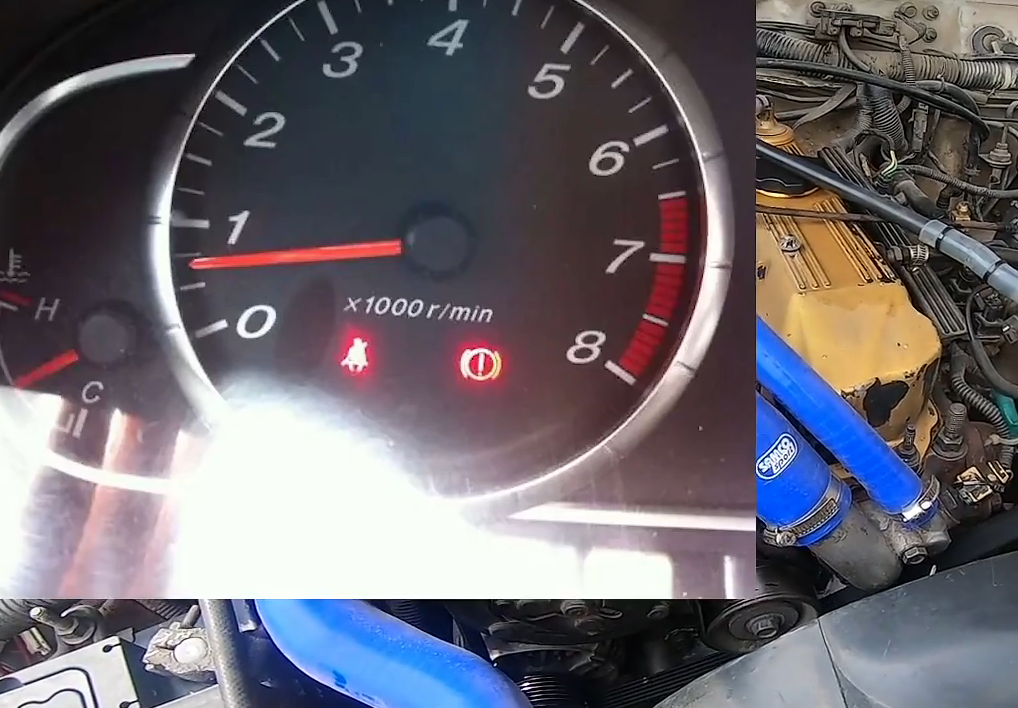
In general, replacing the timing chain of a household car requires the cost of both parts, which is between 200 and 500 yuan, and the labor cost is about 300 yuan. Similar to replacing a timing belt, it requires specialized tools, so it is necessary to go to a more professional, trustworthy, and reputable repair shop for major household chores. If this article can help you avoid problems with the engine conveyor belt, then he will only share it with your friends earlier.




